In today’s content saturated world, Google Ranking factors and drawing an audience to your content is a never-ending challenge, especially as the pay as you go to be seen consideration of social media expands.
Organic search is still the biggest ticket if you can be bothered to spend time on it. Higher rankings equal a steady flow of traffic, so which of the many 100s of signals mean more in search? How can content be optimised for max impact?
Read this post for seven signals you should be thinking about for Google (and its customers).
What Google Requires for Google Ranking factors
Pretend you call 192 for a doctor’s phone number. Not that anyone does that much these days. You somehow get through to a beautician instead. No doubt you will put the phone down.
Now imagine you search for “Facebook Ads template” on Google, then you click on 1 or 2 links, and find that you are reading a generic marketing post that has no useful content or the template you were looking for. You immediately leave the site and hence “bounce” from the webpage. Almost immediately, Google’s algorithm notes your quick visit means the content didn’t deliver what you searched for. Doh!
Google is hellbent on delivering the content that people are looking for. It’s that simple. Google employees have Google’s 164-page Search Quality Evaluator Guidelines to evaluate and rate web sites and pages. The algorithm is trained by human ratings, and these are used to what to show in the SERPs.
In its most recent updates, Google has reiterated three core aspects:
One is Expertise.
Two is the Authority.
Moreover, Three is Trust.
Put in different terms, Google wants YOU to provide end-users material that has been produced by an expert, has visible and apparent thought leadership and authority on the subject matter, and is content that people can trust.
1. Expertise
Does your site deserve expert recognition? You can prove that it does to Google and Google Ranking factors. Having an in-depth section about your targeted topic on your site is critical and quite frankly obvious, Maybe in-house subject matter experts’ qualifications, your education, certifications, awards, and what not.
Build your brand across the internet. Your website doesn’t operate in a black hole; it operates on Earth. Google’s smart algorithms and bots traverse the internet like busy ants to see if you are found in other locations. The more prominent these brand signals, the more proof to Google that you are an expert.
The Infamous Mr Neil Patel says:
“Brand signals convince Google that you are the real deal.
Building brand signals is a critical methodology to establish trustworthiness with Google and increase your exposure in the rankings of search engines.
Building brand signals should also have a net-positive bearing on your brand equity.”
What needs to be done to produce brand signals? The primary route is to create and publish super-high-quality material in a vast range of locations. I mean guest posts, podcasts, a YouTube channel, social media profiles, LinkedIn, whatever channels suit your subject matter.
2. Authority
Create fantastic content equals the most effective way to demonstrate authority. Create awesome content for Google Ranking factors.
A Google exec said that the critical factor to the ranking is awesomeness. What is awesomeness? Depth and breadth are key — more than anything else out there. The more copy and words a piece of content has, the more likely it is to cover a subject in detail and so, therefore, more useful tosomeone. Backlinko confirmed in their study that content length correlates with rankings. It is a no brainer. A 3000-word article vs a 300-word article which one will Google rank higher? Moral? Take time to write quality articles and content.
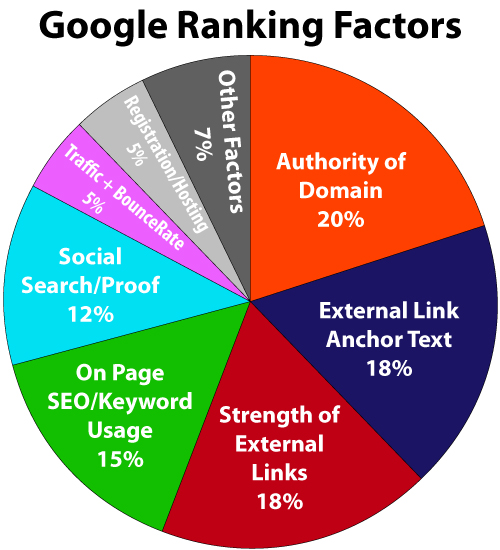
3 Search intent
Search intent is more important than keyword match in Google Ranking factors. Google’s game is delivering relevant results to folks that are searching. It does not just result using the searcher’s words; Google displays results-based on what Google thinks the searcher wants,
Let’s say a person searches for “cruises,” Google knows there’s a better chance the person is considering booking a cruise than wanting to learn historical facts on the cruise business. Google will return results showing cruise product pages only.
Your content must be produced not just to exact match keywords but to mirror the intent of the user behind those typed keywords. Ask yourself, “Why would a person be searching for this particular term? Role play literally. What questions are they looking for answers for?” Then address those items one by one.
With intent-based content, it leads to improved engagement from the readers. They spend more time on your site, which is a HUGE signal to Google that the content they are browsing is relevant to their search.
Google interprets this increased engagement as a right answer to the visitor’s question, ranking the URL higher as a result.”
4. Trust
Google does not want to send searchers to a spammy or deceitful or fraudulent page. Their reputation is precious to them. Don’t risk messing with it or the Google Ranking factors.
It isn’t that majorly challenging to demonstrate your trust quotient with a trusted, secure site.
You must use HTTPS and NOT HTTP protocol on your website. An insecure site is no longer an option. It is a secure method to display to Google that your website has taken precautions to ensure that user data won’t be stolen, hacked etc. HTTP sites were last acceptable in the nineties, dude.
From there, make who has authored the content crystal clear. Ensure that your content is original.Do not plagiarise (this is huge). If Google suspects that you’re plagiarising content from someone else’s website, it WILL penalize your site. If you do use content from another site as an inspiration, then make an effort to write it in your words and how you understand it.
If you collect data especially personal data, such as an email for a registering, or data like an address to complete a purchase, ensure you utilise the correct kit to secure your form fields, signed documents, checkout, etc.
You also demonstrate why you should be trusted by including social proof in the form of reviews or testimonials or use a tool like proof.
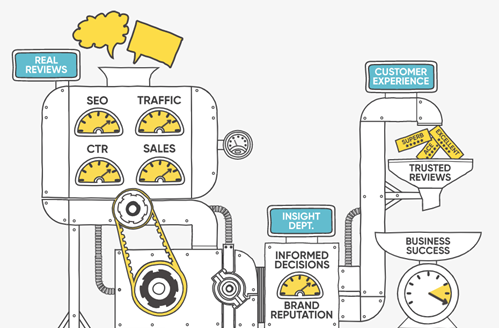
5. Click-through rate and dwell time
Click-through rate as you may be aware is the percentage of users who click to your page when it is displayed and featured in search results.
Dwell time is how long before a user returns to the Google search page after clicking on a result.
Both CRT and dwell time are distinct Google Ranking factors given what we know about Google’s increased emphasis on the quality of content. If a search result is not clicked, it’s not relevant and therefore why should it be ranked high. Obvs if a clicks user through to a page but only stays a second, the person likely found that the content wasn’t relevant to the search.
6. Backlinks
Ahh, backlinks. That old chestnut in Google Ranking factors. A backlink is a website link to your content published by another website. Google treats these backlinks as popularity votes in a weird way. Basic stuff here but if multiple websites link to your content on your site, Google interprets that your content is relevant.
How do you get high-quality backlinks quickly? You can’t. The simplest, most logical way is to create content that is so amazing that people will be inspired to link to it. The best backlink content is more in-depth, covers more subjects, includes high-quality graphics, such as infographics and often includes original research.
You want a “linkable asset”, a high-value page that you can leverage for links repeatedly from other sites.
It’s content so mind-bogglingly amazing, so useful that people are so inspired that they can’t help but log into their WordPress and add a link to your site in their content.”
People should feel compelled to link to it. Of course, the content has to be so valuable that visitors are compelled to read it. It’s content so impressive that you share it immediately.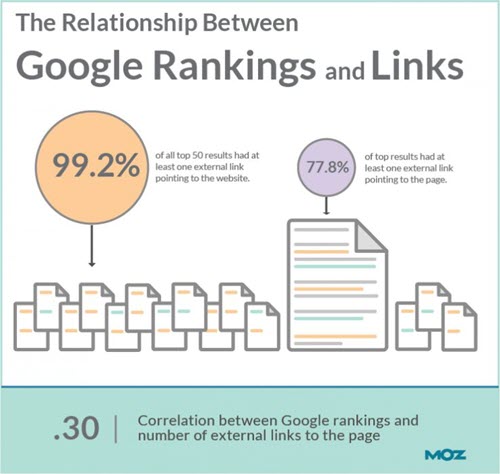
Give Away
Give away content in conjunction with your article to make it more attractive. For example, if you write an article on how to build a marketing plan, let them download a free marketing template! That’s more useful to someone who is just telling you how to build a marketing template plan.
Creating superb content is only step one. Some will find your material organically, but you also need to reach out to influencers sites to make sure they are aware of the content so they can link to it. Your influencer outreach programme needs to be targeted. Use tools like Buzzsumo to filter these people out. You cannot blast emails out and expect people to link to your content just because you emailed them!
7. Page speed
How patient a person are you? How long are you willing to ponder for a website to load? Most people won’t wait more than two to four seconds. Thats a Google Ranking factors you cannot ignore.
Google is ranking reliable, faster sites in front of slower sites. Fact. How can you speed up your site? Well, first of all, minimize HTTP requests, your developers should already have done this. Use a proper fast web hosting company. If your site is constructed on a CMS like WordPress, use a WordPress dedicated hosting company. Deploy your content delivery system and switch on caching. Compress large images and optimise them.
Remove redundant plug-ins, apps, widgets, and any third-party script that drastically slows load time.
To learn your website speed, use GT Metrix and Google PageSpeed Insights. Google Analytics also has speed data. Both will score both the desktop and mobile versions of your site, and tell you how to improve your FULL speed.
Mobile compatibility is now a MAJOR ranking signal for Google. If your site on a mobile device makes it hard for people, they are going to press their back button.
On WordPress, you can use a compression plug-in like WP Rocket to reduce the file size of images for a smoother experience.
Read this also Most Important SEO Ranking Factors


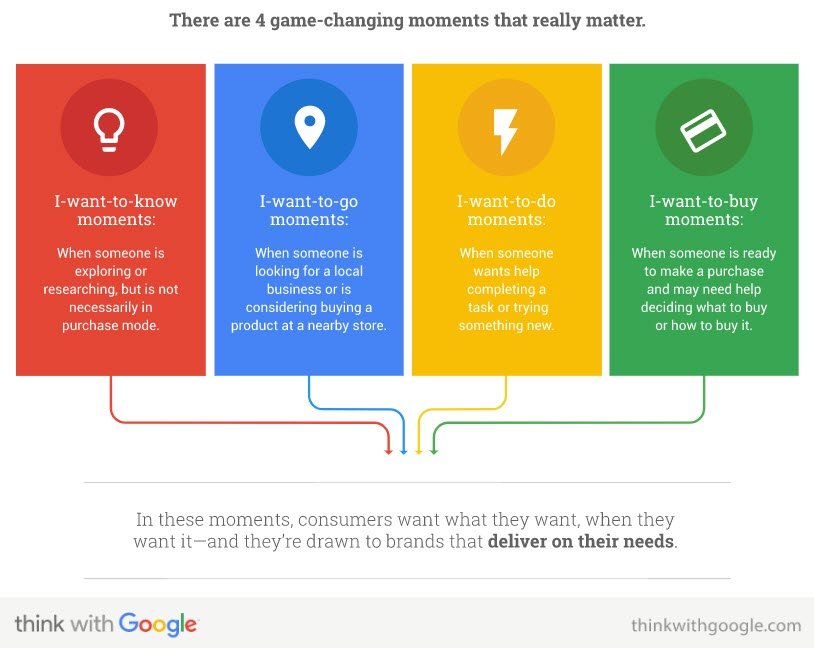

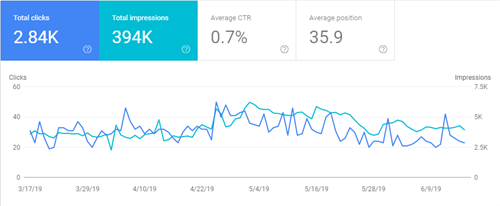
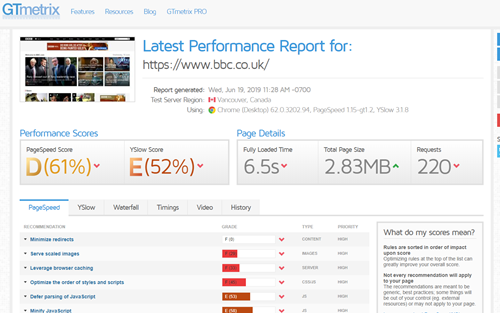
1 comment